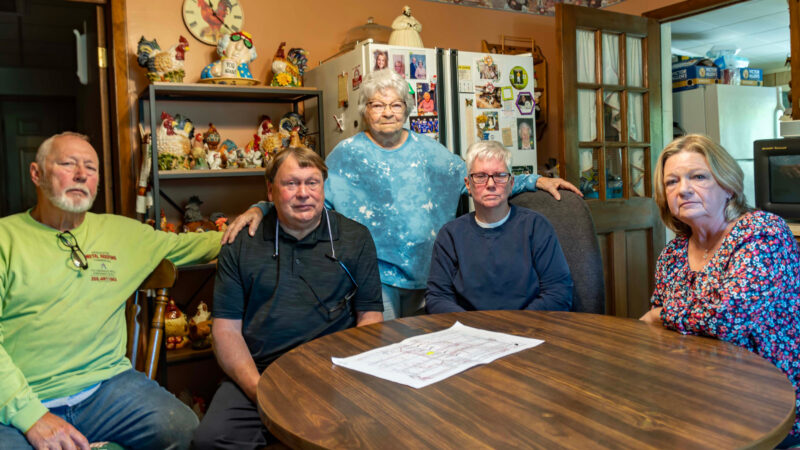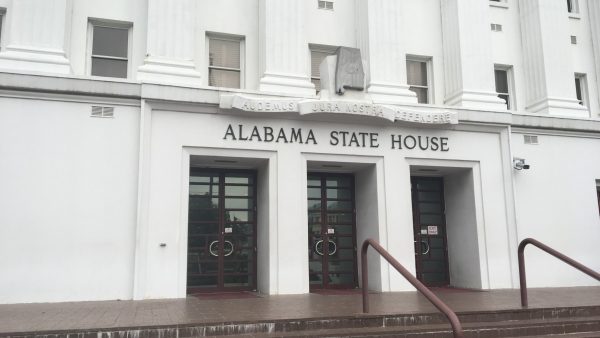Streamlining Emergency Response in Area Schools
Most Alabamians remember “snowmageddon.” Two years ago today, January 28, this winter anomaly crippled much of the state, stranding hundreds of students in schools and even on buses overnight. That got children’s advocates thinking about better ways to respond to emergencies including those with the Children’s Policy Council of Jefferson County.
On a cold, winter morning in Birmingham, UAB public health professor Lisle Hites and a team of graduate students are leading a workshop on disaster preparedness in schools at the policy council’s office. The scenario is a weather-related disaster called “Iced In,” modeled after “snowmageddon.”
“You might be a principal,” Hites says, giving each participant a role to play that coincides with a school staff member. “You might be a kindergarten teacher, a nurse, or the head of the cafeteria.”
Then Hites and his team set the scene. It’s late January and the daytime temperature is 31 degrees. Rain starts to fall, freezing on contact and forming a layer of ice. Then it starts snowing. Groups begin by answering a list of questions.
“Does your school have a sign out policy? Definitely yes,” says Alice Westery, executive director of Youth Towers, an organization that helps homeless children.
The scenario escalates. Students and teachers get stuck at school. Participants then discuss food and medical needs. Eventually schools lose power and that’s when it gets real. The groups panic.
Hites wants to help schools better handle emergencies like this. But there are several challenges.
“Not all disasters are created equal,” says graduate student Maria Hernandez, one of the facilitators. “A weather disaster is different from a natural disaster, from maybe an active shooter issue or you know, an epidemic.”
Staffing’s also a problem. For instance, teachers may want to leave during a disaster to be with their own families. These are just a few examples from a long list of things that could go wrong.
“The idea of these tabletop scenarios is that we’re able to test things before they happen,” says Hites. “Or if they have happened, go back and recall lessons learned as we did in this situation.”
The Children’s Policy Council plans to use these findings to help schools streamline emergency procedures so the fallout from future snowmageddons might be avoided.
Alabama coal mine keeps digging after hundreds of fines and a fatal explosion
Following the death of a grandfather, Crimson Oak Grove Resources has left a community afraid for their homes and lives. An expert warns one resident may need to evacuate her home while she still can.
Florida’s 6-week abortion ban will have a ‘snowball effect’ on residents across the South
Abortion rights advocates say the ban will likely force many to travel farther for abortion care and endure pregnancy and childbirth against their will.
Attitudes among Alabama lawmakers softening on Medicaid expansion
Alabama is one of ten states which has not expanded Medicaid. Republican leaders have pushed back against the idea for years.
Birmingham is 3rd worst in the Southeast for ozone pollution, new report says
The American Lung Association's "State of the Air" report shows some metro areas in the Gulf States continue to have poor air quality.
Why haven’t Kansas and Alabama — among other holdouts — expanded access to Medicaid?
Only 10 states have not joined the federal program that expands Medicaid to people who are still in the "coverage gap" for health care
Once praised, settlement to help sickened BP oil spill workers leaves most with nearly nothing
Thousands of ordinary people who helped clean up after the 2010 BP oil spill in the Gulf of Mexico say they got sick. A court settlement was supposed to help compensate them, but it hasn’t turned out as expected.







